
Brooke Purves earned her Master of Science in Marine Science from the University of Georgia, where she focused her graduate research on common bottlenose dolphin populations around St. Catherine’s Island, Georgia. She specifically examined how environmental variables, such as tidal state, temperature, and season, influenced their distribution and abundance. In collaboration with Billigan Tours, she developed this brochure to share findings from her work in a way that supports public education and conservation. The materials aim to enhance tour experiences by highlighting local dolphin ecology, behavior, and the importance of long-term monitoring.
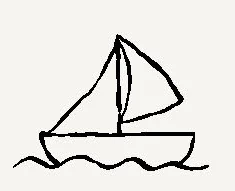
Boat strikes can injure or kill dolphins, especially in busy waterways.
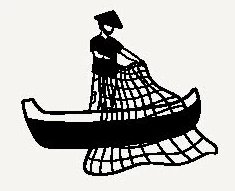
Entanglement in fishing gear like crab pots and nets can lead to injury or drowning.
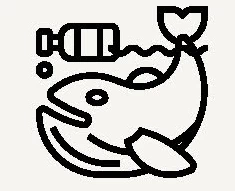
Pollution, includin gplastics and chemical runoff, harms both dolphins and their food sources.
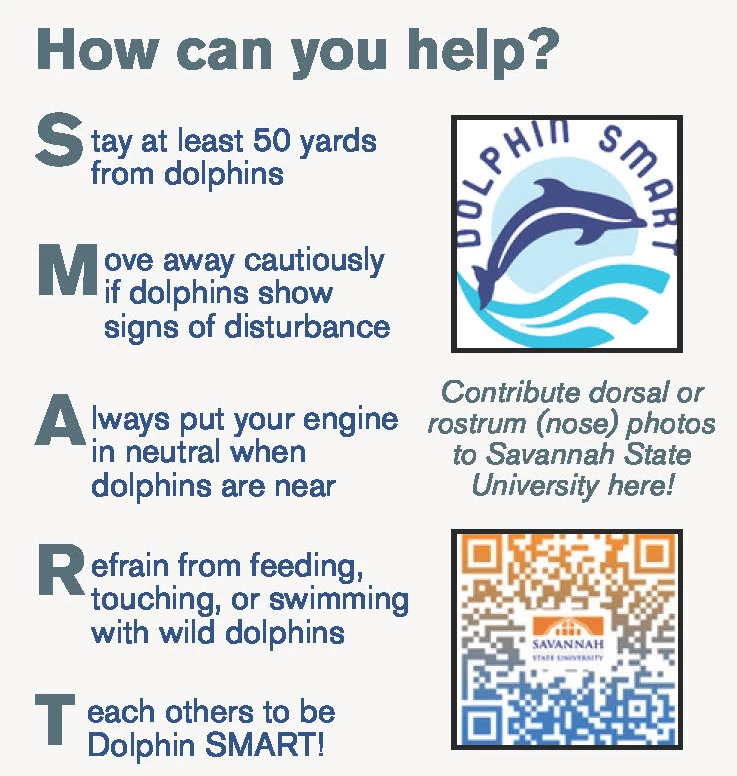
Thelma was the Georgia Dolphin Ecology Program's longest observed, and most famous, resident dolphin in the St.Catherine's area. She was observed in this ecosystem from 2008 - 2019. Learn moreabout Thelma and the data we have on herby scanning the QR code below!

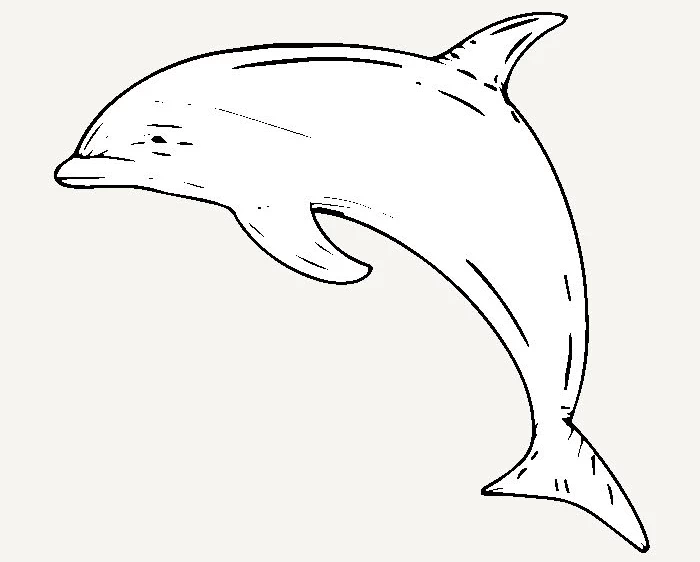
Visit this link for more:
https://gdep.ecology.uga.edu/
Acknowledgements
The Georgia Dolphin Ecology Program
Dr. John Schacke
Discover how we study, protect, and learn from Georgia’s resident common bottlenose dolphins
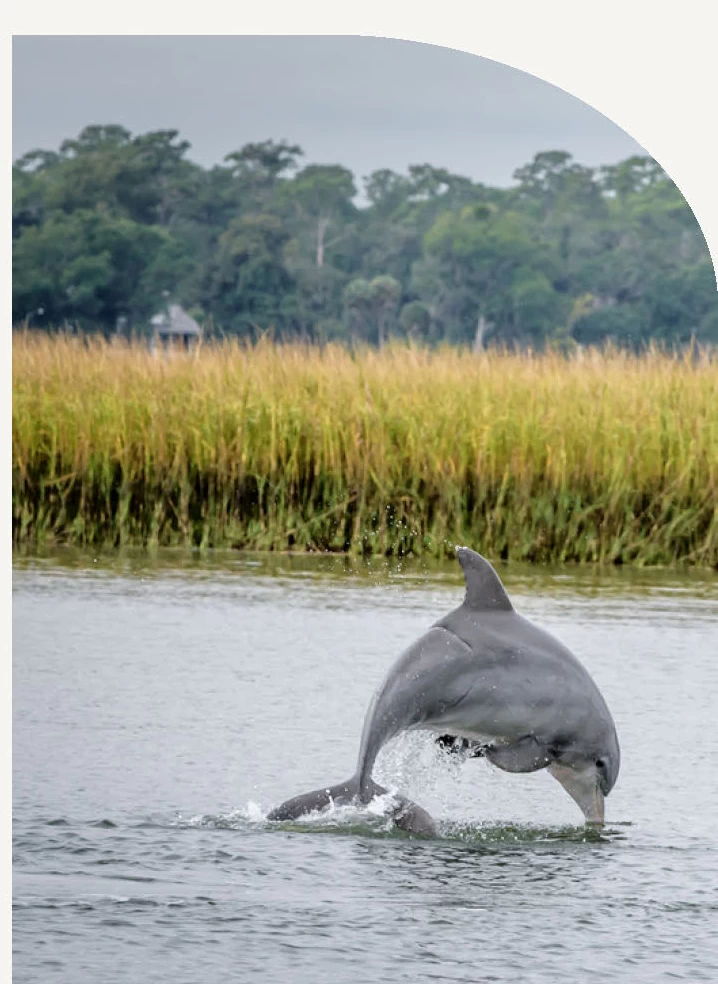
Background
Common bottlenose dolphins (Tursiopstruncatus) are intelligent, social marinemammals found in coastal and estuarinewaters worldwide, including St. Catherine’sIsland, Georgia. They are protected by U.S.law under the Marine Mammal ProtectionAct.
Resident Marine MammalsHow
The dolphins here are residents, meaningthey live in these waters year-round, relyingon estuaries, marshes, and tidal creeks forfood, shelter, and raising their young. TheGeorgia Dolphin Ecology Programmonitored them from 2008–2020, and datafrom this long-term project is shared withyou!
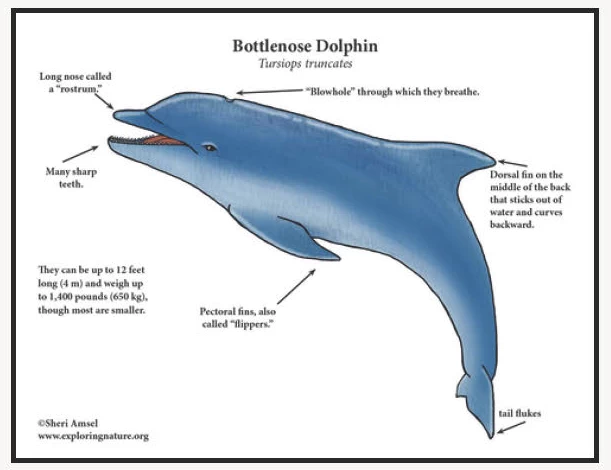
Fin-ID Methods
Each dolphin has a unique dorsal finshape, with notches, scars, and patterns. Researchers use photo-identification to study individual dolphins.
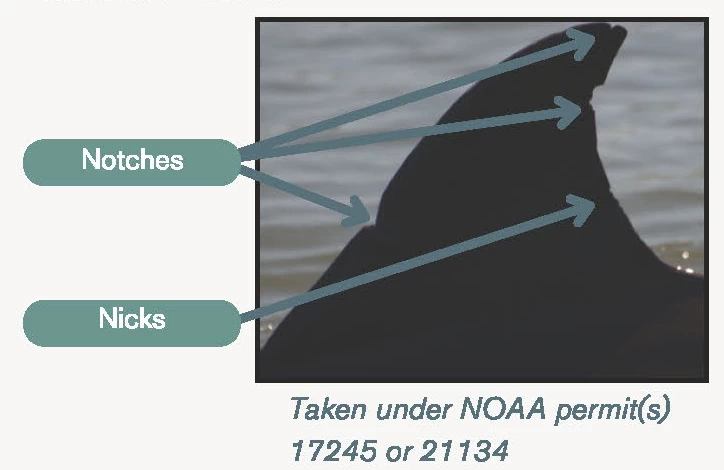
The Value of Identification
This non-invasive method helps usunderstand population trends and family connections. By photographing and cataloging these fins, we track who’s who, monitor their health, and learn about their movements. Using long-term data and environmental conditions, we can also predict when dolphin abundance is highest.
Around St. Catherine’s Island
These dolphins are regularly sighted in the North Newport River, Johnson Creek, and SapeloSound, and in the intricate network of tidal creeks and channels around St. Catherine’s Island. Sightings tend to increase during hightide and warmer seasons, suggesting that tidalstate and temperature play a role in where and when dolphins are most active.
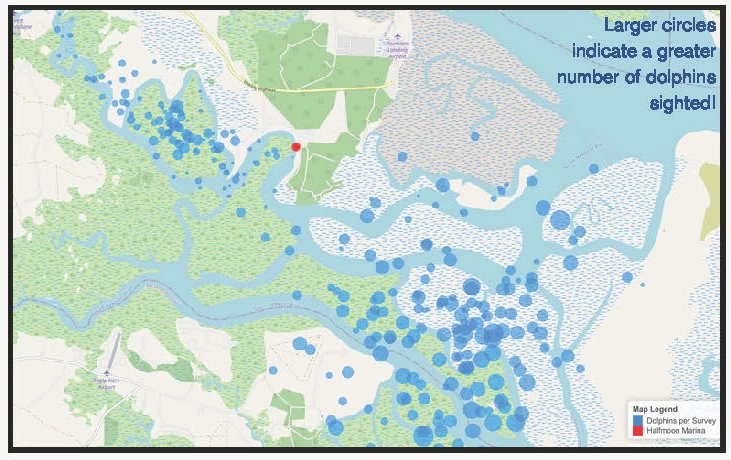
Chuffing - Quick, forceful exhale at thesurface. (Look for a sharp puff of mist!) Breaching - Leaping fully or partially out of the water. (Often playful or social!) Spy-hopping - Lifting the head above water to look around. (They’re curious too!) Mudding - Stirring up or chasing fish on to marsh banks. (A unique Lowcountry feedingbehavior!)